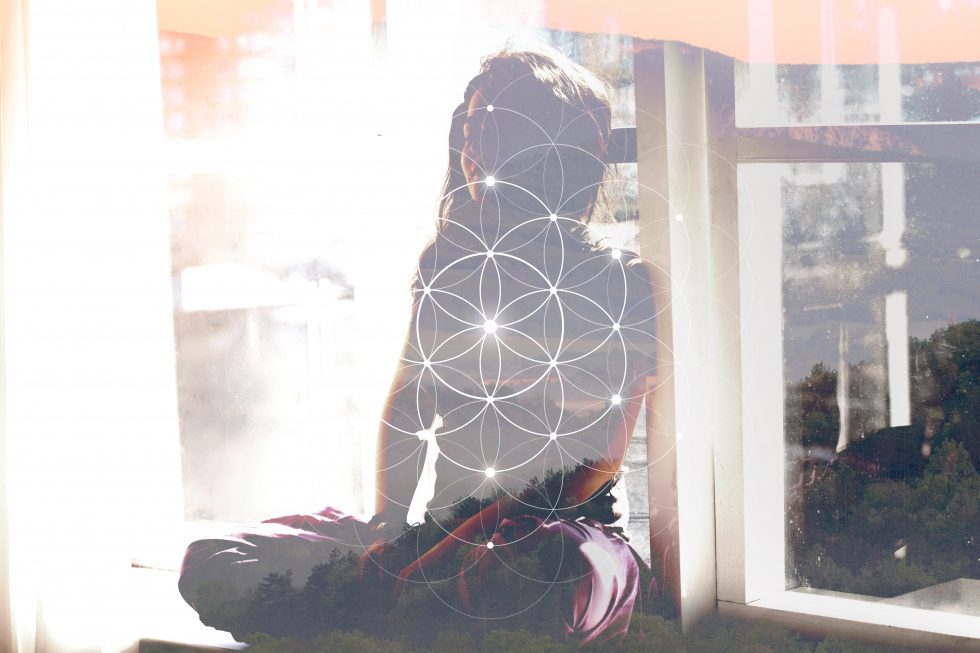
Going Down to Go Up
Judaism is overflowing with maps of spiritual transformation. One prominent example from Hasidic mysticism is the path of descending for the sake of going higher [yerida l’tzorekh aliyah]. In this journey, you are called to face inner constrictions, difficulties, and suffering directly. Travelling towards your fears may seem counterintuitive compared to our culture’s all-too-common approach of bypassing (i.e. avoiding pain and distracting ourselves from inner turmoil). However, an inner descent traversed with presence, curiosity, self-compassion and good guidance can lead you to clarity, understanding, and positive transformation.
Focusing is a Vehicle
While Hasidism offers many teachings on transformation, it is relatively sparing in the specific methods beyond traditional Jewish rituals, such as daily Hebrew prayers. These ancestral practices do not work for everyone in today’s world. However, the relatively new practice of Focusing (developed by Eugene Gendlin in the mid-20th century) is a simple and profound tool for encountering inner blockages 1. This method of self-inquiry aims to harness the body as the medium for exploration, understanding and transformation of the inner world.
By (1) entering into a state of calm and (2) feeling into body sensations, practitioners are able to receive communications from the subconscious, usually in the form of symbols. Insight into inner dynamics arise as we examine these symbolic communications (which come as images, words, movements, and beyond). With the right context and intentions, a shift happens which is felt physically, emotionally, intellectually or spiritually (and often a combination of multiple parts of our being). This shift is interwoven with the body which, when accompanied by self-care, gives it an anchor to integrate naturally into who we are in a more holistic sense. Practitioners sometimes also intentionally note the sensation or physical location of the shift as well as its symbol. This provides a map of memory that can be used to revisit it later.
All this is to say, Focusing can allow you to enter into a constricted state, be present with it, gain understanding and grow. It follows the Hasidic mystical ideal of “descending for the sake of going higher.”
Embodiment is a Jewish Ideal
As challenging as it is to generalize about an entire tradition, it is clear that Judaism values living out our insights and ideals through action. For thousands of years, Jews have not had monks. Our practices focus us on daily, weekly, monthly, and yearly rhythms and responsibilities. Any spiritual work, any cultivation of consciousness or any inner healing must not lead us towards bypassing our worldly tasks. Quite the contrary, the ultimate fulfillment of spiritual experiences is to embody them in our day-to-day lives. This kind of contemplation leads us to evolve our relationships with our families, our communities, our world and ourselves.
In this sense, embodiment practices – which are inherently physical and grounding – are very aligned with this Jewish ideal. Working with the body as a medium for self-knowledge is compatible with a lifestyle of engagement with the earthly2. Being in our bodies enables us to experience somatic realizations and shifts while being rooted in our external experience, in relationship with our friends, colleagues and loved ones.
If you are interested in learning more about embodiment practices and Jewish mysticism, check out my book: Embodied Kabbalah: Jewish Mysticism for All People
1 Focusing is one example of a contemporary form of somatic inquiry. It co-exists along other embodied practices such as Somatic Experiencing, Haikomi, Kedumah, the Diamond Approach, Compassionate Inquiry, and many more.
2 Other practices such as asceticism which involves physical self-deprivation or astral travel in which one’s soul/mind leaves the body draw one away from physicality to connect with spirit. With the right balance, context, and guidance these can be beneficial tools but as regular practices they do not aim to increase earthly connection compared with somatic introspection.